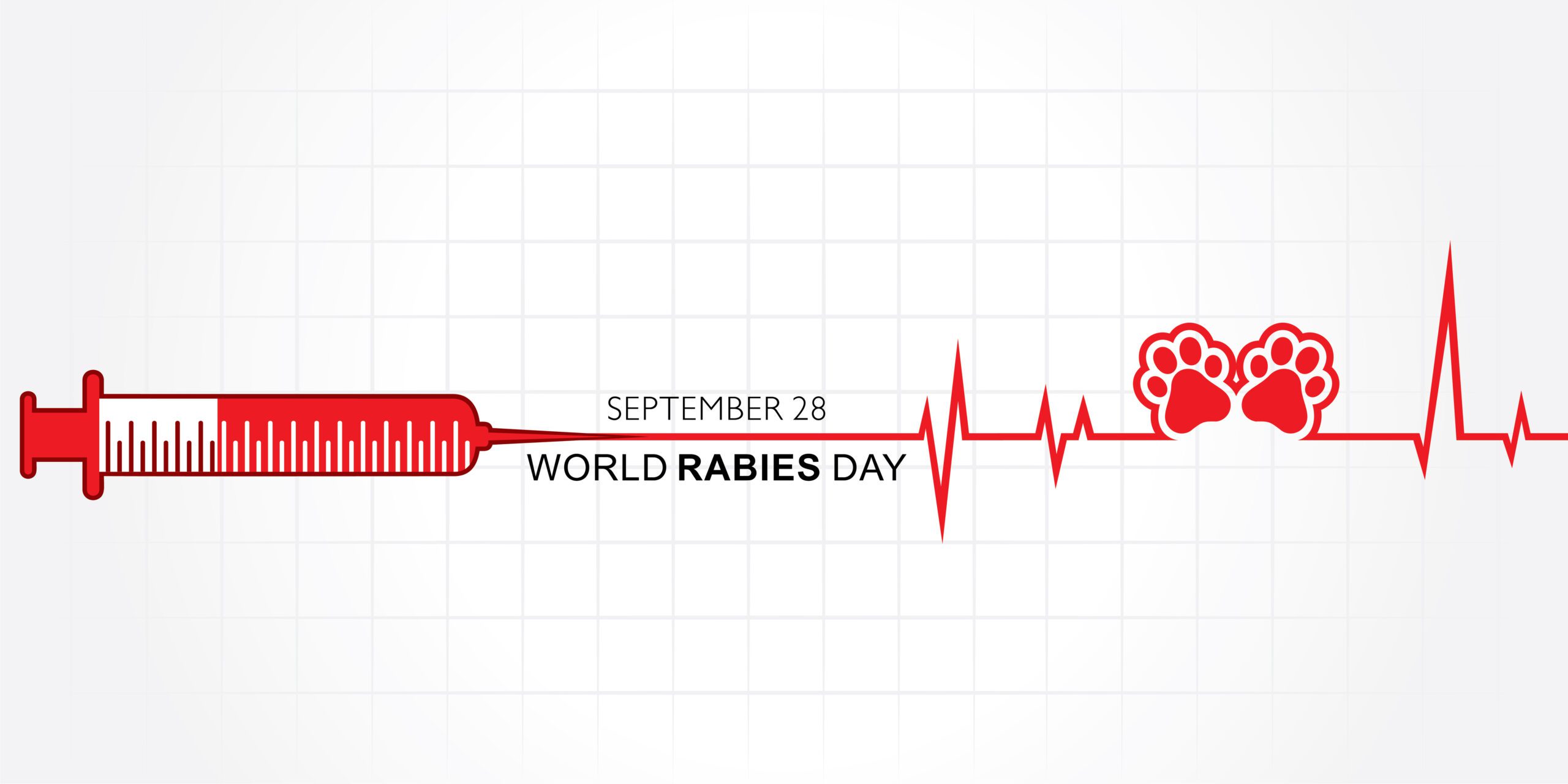Rabies Virus: A Global Concern
As World Rabies Day approaches on September 28, it’s crucial to shed light on the importance of rabies prevention. This annual observance serves as a reminder that rabies, a deadly disease caused by the rabies virus, remains a significant global health concern. By educating ourselves and taking proactive measures, we can contribute to reducing rabies infections while protecting our beloved pets and ourselves.
Originating in 2007, World Rabies Day is more than just an awareness day; it’s a call to action. World Rabies Day aims to increase awareness, emphasize the need for rabies education, and promote vaccination programs. By actively participating in World Rabies Day initiatives, you can contribute to the shared goal of eliminating rabies by raising awareness, vaccinating pets, and educating communities. The rabies virus threatens millions of animals and humans worldwide, making it a critical concern, so understanding the nature of the virus is essential to combat its spread.
Rabies Symptoms
The rabies virus poses a critical concern, affecting millions of humans and animals worldwide. Rabies transmission commonly occurs through the bite of an infected animal and, without prompt treatment, is very likely to be fatal. The journey of the disease through the central nervous system can take varying amounts of time, ranging from just a few weeks to several months before the onset of symptoms is apparent. That’s why recognizing the signs is crucial for timely intervention and treatment.
The disease typically progresses in two stages:
- Prodromal Stage: During this first phase, which lasts a few days to a week, general symptoms like fever, discomfort, and malaise may appear. Pets often show signs of behavioral changes, restlessness, and an increased sensitivity to sound or light.
- Furious Stage: During this next stage, the virus reaches the central nervous system, and affected animals might exhibit erratic behavior, viciousness, and aggression. Seizures and hallucinations can occur, in addition to hydrophobia (fear of water), which may be evident due to difficulty swallowing.
It’s essential to note that not all animals will display the same rabies symptoms, and variations of these signs can occur. Some animals, wildlife in particular, may exhibit a more paralytic form of rabies, which includes muscle weakness, paralysis, and a tendency to hide.
Effective Rabies Prevention
Rabies prevention goes beyond vaccination; it involves a multi-faceted approach aimed at protecting both pets and humans from the threat of this deadly disease. This is done by educating pet owners and the general public about rabies symptoms, transmission, and safety measures.
 Rabies is not confined to domestic animals but affects wildlife as well. Understanding this helps shed light on the importance of a comprehensive approach to rabies prevention, taking into account the interconnectedness of human, animal, and environmental health.
Rabies is not confined to domestic animals but affects wildlife as well. Understanding this helps shed light on the importance of a comprehensive approach to rabies prevention, taking into account the interconnectedness of human, animal, and environmental health.
The cornerstone of rabies virus protection is vaccination. Vaccinating against the disease is not only often a legal requirement in many areas, but also a vital step in protecting the health of our pets and their humans. Here are some effective vaccination strategies that ensure a strong defense against the virus:
- Routine Vaccination: Ensure your pets are up-to-date on their rabies virus vaccinations as your veterinarian recommends. Puppies and kittens usually receive their initial rabies shot as part of their vaccination series, followed by booster shots at appropriate intervals.
- Local Regulations: Familiarize yourself with local regulations regarding rabies vaccination requirements. Compliance ensures your pet’s protection and contributes to the broader goal of rabies prevention.
- Professional Guidance: Your veterinarian is your most reliable source of information regarding rabies vaccination. They can tailor a vaccination schedule based on your pet’s needs, age, health status, and risk factors.
Rabies Education
Many misconceptions about the rabies virus can hinder effective preventive efforts, such as rabies is ‘a thing of the past’ or only dogs can be affected. However, it’s still a present concern today and can affect various animals, both wild and domestic.
Another myth is that indoor pets are safe from rabies; for one example, bats can enter homes and pose a risk. Additionally, not all rabid animals show aggression; some may display lethargy. It’s also important to know that rabies can spread through scratches or contact with an infected animal’s saliva.
Pet owners can be empowered to make informed decisions and take appropriate preventive measures through rabies education and addressing these myths about rabies transmission.
A Rabies-Free Future
On World Rabies Day, let’s reaffirm that each effort toward rabies prevention contributes to a safer world for pets and humans alike. We can collaboratively combat this disease through rabies education, responsible pet ownership, preventive measures, and raising awareness.
Our bond with animals is strong, and by shielding them from rabies we’re preserving a vital connection and taking the necessary steps to create a safer and healthier world for all.


